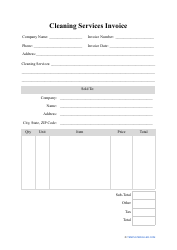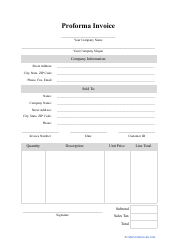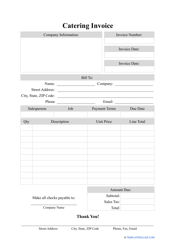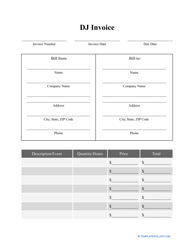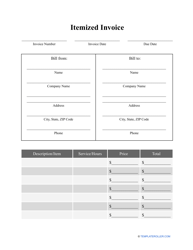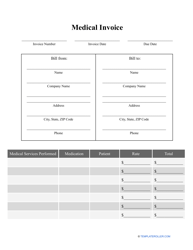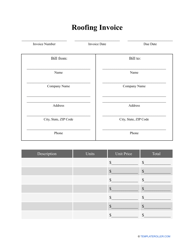What Is an Invoice in Accounting?

If you own a small business and do your own bookkeeping or work for an accounting department of a large company, you inevitably face the need to prepare a formalized record of sale that certifies the responsibility of a customer to pay for the services and goods - an invoice. Used both for accounting and tax purposes, an invoice states the main particulars of any transaction - the accounts payable employee working for the buyer will monitor what is owed to vendors and suppliers ensuring the payment is timely approved and processed.
What Is an Invoice in Accounting?
An Invoice in Accounting refers to an itemized list of goods sold or services rendered. To let the purchaser know the price of every item indicated and the terms of payment, the vendor or supplier has to compose a document that verifies the conditions of the transaction, whether they were confirmed via purchase order or not. The purpose of detailing every transaction using a customizable Accounting Invoice template is to help the business that offers products or services stay organized and keep track of all the deals and shipments for later audits while the client is properly informed about the amount of money they have to pay and the payment deadline.
How to Record an Invoice in Accounting?
Follow these steps to process an Accounting Invoice:
- Even if your business continues to accept printed invoices which is still quite common when it comes to a small firm, it is recommended to scan all the invoices to make an electronic copy - whatever Invoice Accounting software you use, a digital format is necessary.
- Put the electronic copy of the invoice in the folder organizing the files by vendor and/or by date - this way, you will be able to find the required document in the future. Do not get rid of the paper invoice - you should keep it in a separate cabinet or box devoted for this purpose especially if the statement was signed by the seller.
- Draft an accounts payable document to cover the Invoice Accounting for the needed period - week, month, or quarter. This file should contain the following fields or columns: the name of the vendor, their actual address, telephone number, and e-mail address, the amount of money you owe, the products you bought or the services that were provided to you, their brief description, the dates the invoice was issued and received by you, and the identification number of the invoice. It is always better to add more columns - even if not the invoices are different, you will avoid confusion and will be able to include all the details about the transaction; so, you should also add a column for remarks and miscellaneous particulars about the invoice.
- Add one more column on the right to show whether the invoice has been paid or not. You can sort the table to see which invoices remain outstanding to stay on top of all the payments and prevent late fees and charges.
- Once an invoice is paid and dealt with, update the file; if the accounting period is over and there are any debts, you should include a note in the file to confirm you carried the unpaid invoices over to the new file.
What Does “Progress Invoice” Means in Accounting?
A Progress Invoice refers to a document that offers a client to pay for the products and services in installments. Often used for long-term projects with large estimates and eventual budgets, this instrument can be the perfect option for customers that cannot or choose not to fund the project before all the work is carried out which offers flexibility and an opportunity to modify the budget over the course of the project. An invoice of this kind is typically sent to the client several times as a reminder of the percentage of the job that is already completed with a request to pay for it.
Related Topics:
